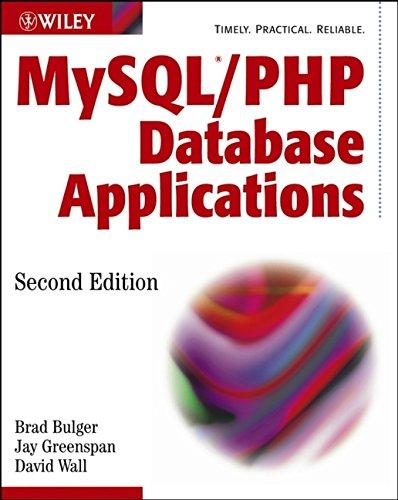Answered step by step
Verified Expert Solution
Question
1 Approved Answer
= . ! ( ) ( + ) ( ) . a . [ 2 points ] Setting x = 0 . 2 5 ,
a points Setting x and using the cos function for f write down an expression for
the AD is the exact derivative of f and you know that well.
b points Now write a MATLAB function that can compute the AD for any value of x or h
c points Using a suitable graph, show the output of your function with x fixed at and
with values of h ranging from to
d points An expression for an upper limit of the AD can be found using a Taylor series.
This is
#$ &#
Where is the exact second derivative of f Calculate and plot the expression EA on top of the
expression for AD at x using the same range of h values.
e points Is there a portion of the graph where the EA agrees with or is larger than the AD
Over what range does this happen?
f points Is there a portion of the graph where the EA is smaller than the AD Over what
range does this happen?
g points Why would EA and AD agree in some places and not in others? If there is an h
value where a switch between agreeing and not agreeing happens, is that number important?
hBONUS points Plot the EA and AD comparisons for x and Compare and
contrast the three graph sets. How is each pair of EA and AD graphs different, and why?
Step by Step Solution
There are 3 Steps involved in it
Step: 1

Get Instant Access to Expert-Tailored Solutions
See step-by-step solutions with expert insights and AI powered tools for academic success
Step: 2

Step: 3

Ace Your Homework with AI
Get the answers you need in no time with our AI-driven, step-by-step assistance
Get Started


